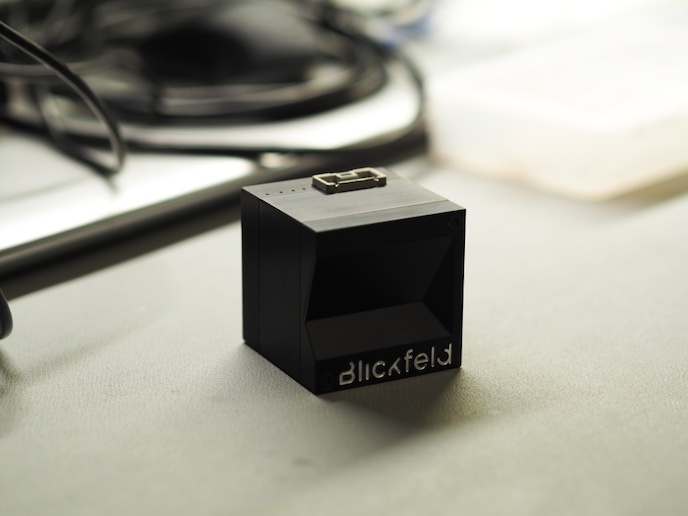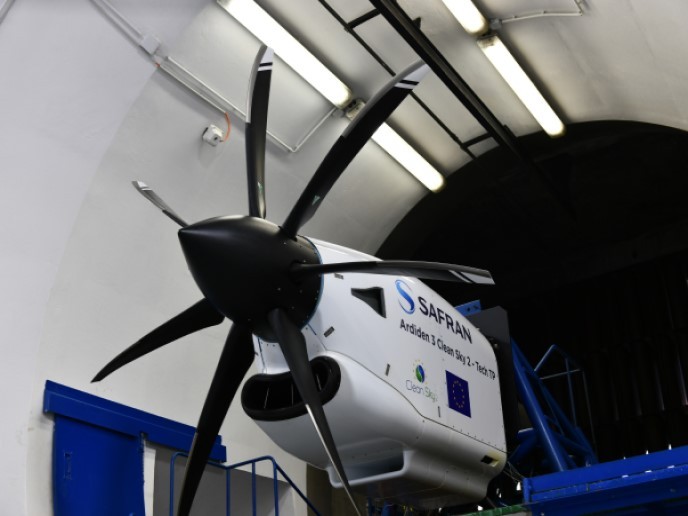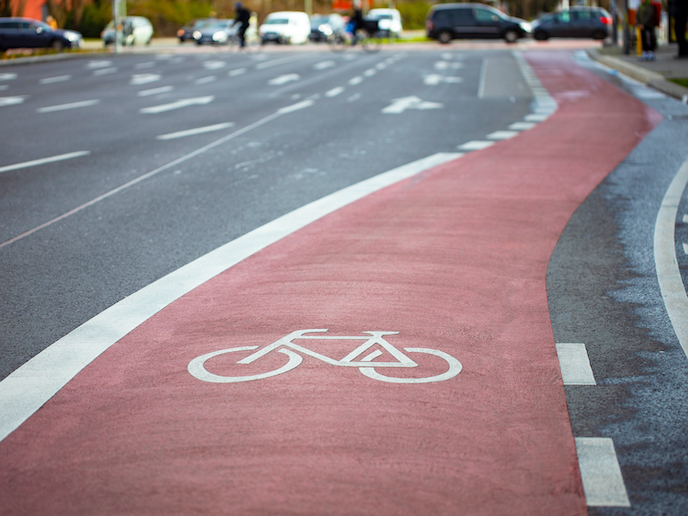Lidar sensory technology targets mass car market
Lidar sensors are used to calculate the distance of objects by sending out laser pulses. The time it takes for reflected light to return to the receiver is then measured, helping to create a 3D image of the surrounding area. “A key application is in self-driving cars,” notes Automotive3DLiDAR project coordinator Franziska Abele from Blickfeld in Germany. “You need lidar technology to perfectly ‘see’ the environment, without a human behind the wheel.”
Integrating lidar into car production
While the technology is continually being improved, there have been persistent concerns that lidar sensors are still too expensive and large to be incorporated into current vehicle production lines. “One challenge has been to develop a powerful lidar sensor small enough to subtly integrate into vehicle designs at the lowest possible cost and power consumption,” explains Abele. “To allow for a full surround view, these sensors must be placed in a smart way around the vehicle. They need to be integrated nearly invisibly, while still delivering exact and reliable real-time data, to prevent accidents and protect other road users.” In order to save energy and optimise vehicle journey lengths, it is also critical that sensors require as little power as possible.
Closing cost gap for carmakers
German company Blickfeld sought to address these challenges by developing small micro-electro mechanical system (MEMS)-based lidar sensors for automotive applications. Blickfeld recognised that MEMS technology is scalable and cost-effective, and could be applied to help close the cost gap and meet automotive mass-market needs. The objective of the Automotive3DLiDAR project was to optimise these devices for automotive use, and to ensure conformity with strict quality control and safety standards. Product requirements were discussed and defined in collaboration with end users. The project team then set about fine-tuning Vision Mini, a short- and mid-range lidar system designed to meet mass-market automotive needs. “We also worked with a design agency in order to seamlessly integrate lidar sensors in cars,” says Abele. “The sensor integration concept includes multiple, strategically placed lidar sensors while keeping the overall car design intact.” Various test set-ups were built – such as a side mirror demonstrator – and test drives conducted.
Affordable perception sensors
The end result is a miniature high-performance automotive lidar sensor based on MEMS technology. “Our innovation will allow for the mass production of robust, small and inexpensive lidars,” adds Abele. “This will pave the way for autonomous cars dependent on reliable and affordable perception sensors.” Following project completion, next steps include preparing for successful market entry. For this, the project team aims to find an automotive partner to ensure the technology fully meets specific customer requirements. “Lidar technology developed in this project could also be used for other industrial applications as well,” notes Abele. “We are looking into solving complex challenges across a range of sectors.” Logistics companies, for example, use lidar to measure their stock in real time. Cost-effective lidar technology could also be used to monitor traffic, in order to mitigate congestion and make cities more liveable.
Keywords
Automotive3DLiDAR, lidar, car, sensory, self-driving, 3D, MEMS, automotive







